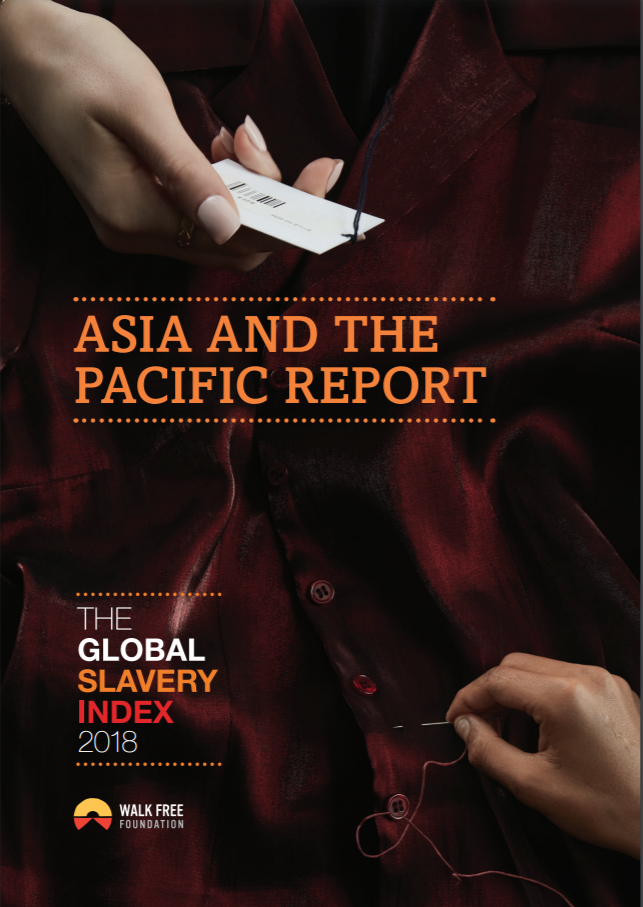Understanding Human Trafficking In Conflict

Human trafficking occurs in almost every country in the world, but it takes on particularly abhorrent dimensions during and after conflict. It is defined as the recruitment, transportation, transfer, harboring, or receipt of people through the threat or use of abduction, abuse of power or vulnerability, deception, coercion, fraud, force, or giving payments or benefits to a person in control of the victim for the purpose of exploitation. While many trafficking victims are exploited within
their countries of residence, other victims are trafficked across regions
More than 72 percent of detected victims are women and girls; Western and Central Europe and North America, Central America, and the Caribbean have particularly high rates of detected women and girls. Some forms of trafficking are particularly prevalent in the context of armed conflict, such as sexual exploitation, enslavement, and forced marriage; forced labor to support military operations; recruitment and exploitation of child soldiers; and removal of organs to treat injured fighters or finance operations.Traffickers also target forcibly displaced populations. On migration routes, human traffickers deceive people into fraudulent travel arrangements and job opportunities. Migrants face unique danger as they go through holding points and informal settlements or accept unsafe employment opportunities. Refugee women and girls are at particular risk of sex trafficking and forced marriage.
Country
Worldwide
Region
Worldwide
Year
2019
Topics




